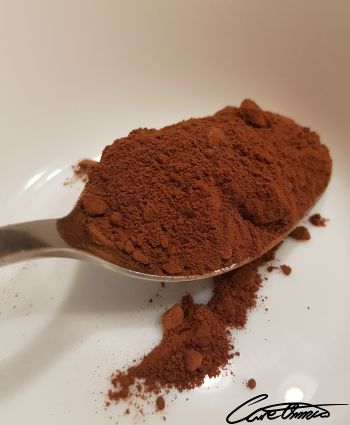What Are Soluble And Insoluble Fibers & What Foods Can I Find Them In?

Dietary fiber also referred to as Roughage, is a type of carbohydrate.
There are two main types of fibers, soluble and insoluble.
It's important to get fiber from a variety of sources, as eating too much of one type of food may not provide you with a healthy balanced diet.
Dietary fibers are found in a wide variety of foods and beverages, including whole grains, legumes, vegetables, fruits, and beverages.
Table of Contents
Dietary Fibers Role
Dietary fibers possesses different rolls within the gut, each with a unique effect on the gut microbiome.
Dietary fiber that comes into contact with the lower GI tract (i.e. the large intestine) is fermented by bacteria, whereas dietary fiber that passes through the upper GI tract (i.e. the stomach and small intestine) is digested by enzymes and then fermented by bacteria.
High-fiber diets can therefore be categorized into two types, soluble and insoluble fiber, based on how they move through the gut.
Soluble fiber is digested by bacteria in the large intestine, whereas insoluble fiber passes through the upper GI tract.
Dietary fiber is reported to have several significant physiological health benefits, such as reduced risk of colonic cancer, bowel disorders, type-II diabetes, coronary heart disease, etc.(source ◳)
Benefits Of Dietary Fibers
Dietary fibers play a significant role in health improvement through disease prevention and control.
Dietary fiber is an important component of the human diet and has beneficial effects on human health.
Dietary fiber has been shown to lower blood cholesterol levels and decrease the risk of heart disease.
Dietary fiber also helps control body weight and can aid in the treatment of constipation.
In addition to their cholesterol-lowering and weight loss effects, dietary fibers are also known to lower blood levels of glucose in diabetics.
This ability is due to the fact that dietary fibers bind with glucose, resulting in slower digestion and absorption.
Two Types Of Fiber
There are two main types of fiber: soluble and insoluble fiber.
Soluble fiber dissolves in water, while insoluble fiber doesn't.
Generally, sources of dietary fiber contain both types of dietary fiber but in different proportions.(source ◳)
Soluble dietary fiber
Soluble dietary fiber is a dietary component found in various plant foods, such as wheat, barley, oats, brown rice, millet, and corn.
Soluble dietary fiber is an important part of a healthy diet as it has been linked to beneficial effects on digestive health, such as alleviating constipation, stimulating the growth of beneficial gut bacteria, and maintaining a healthy cholesterol level.
It is also important in maintaining the normal viscosity and lubrication of the colon, as well as aiding in the prevention of cancer and heart disease.
Examples of soluble dietary fiber
- β-glucan
- Pectin
- Gums
- Inulin
Insoluble dietary fibers
Insoluble dietary fiber has a relatively high viscosity.
We cannot digest insoluble dietary fiber.
But they are fermented by microorganisms such as intestinal bacteria and yeast in the intestines.
It is known that insoluble dietary fiber increases the amount of short-chain fatty acids in the intestines and reduces body fat accumulation.
Examples of insoluble dietary fibers
- Cellulose
- Lignin
- Cutin
- Suberin
- Chitosan
Foods You Can Find Fiber In
You find Fiber mostly in cereal grains and pasta, sweets, vegetable, spices and herb products.
Examples of food sources include
Foods in our nutrition tool
You can find regularly updated top-ranked lists of foods for over 200+ nutrients in our nutrition tool.
If you are interested in what foods contain the most total dietary Fiber we recommend you visit our tool.
Here's our top-ranked list of foods that contain total dietary Fiber.

